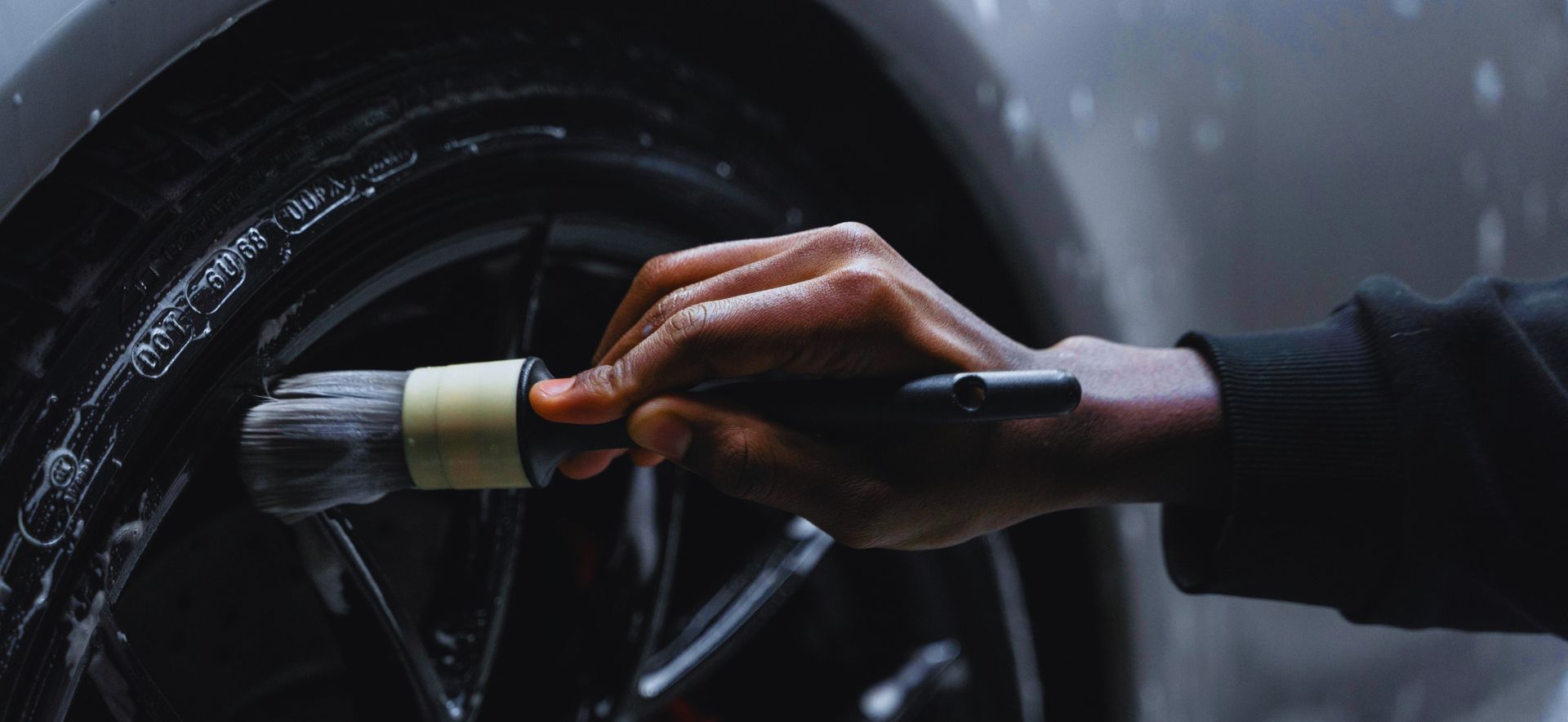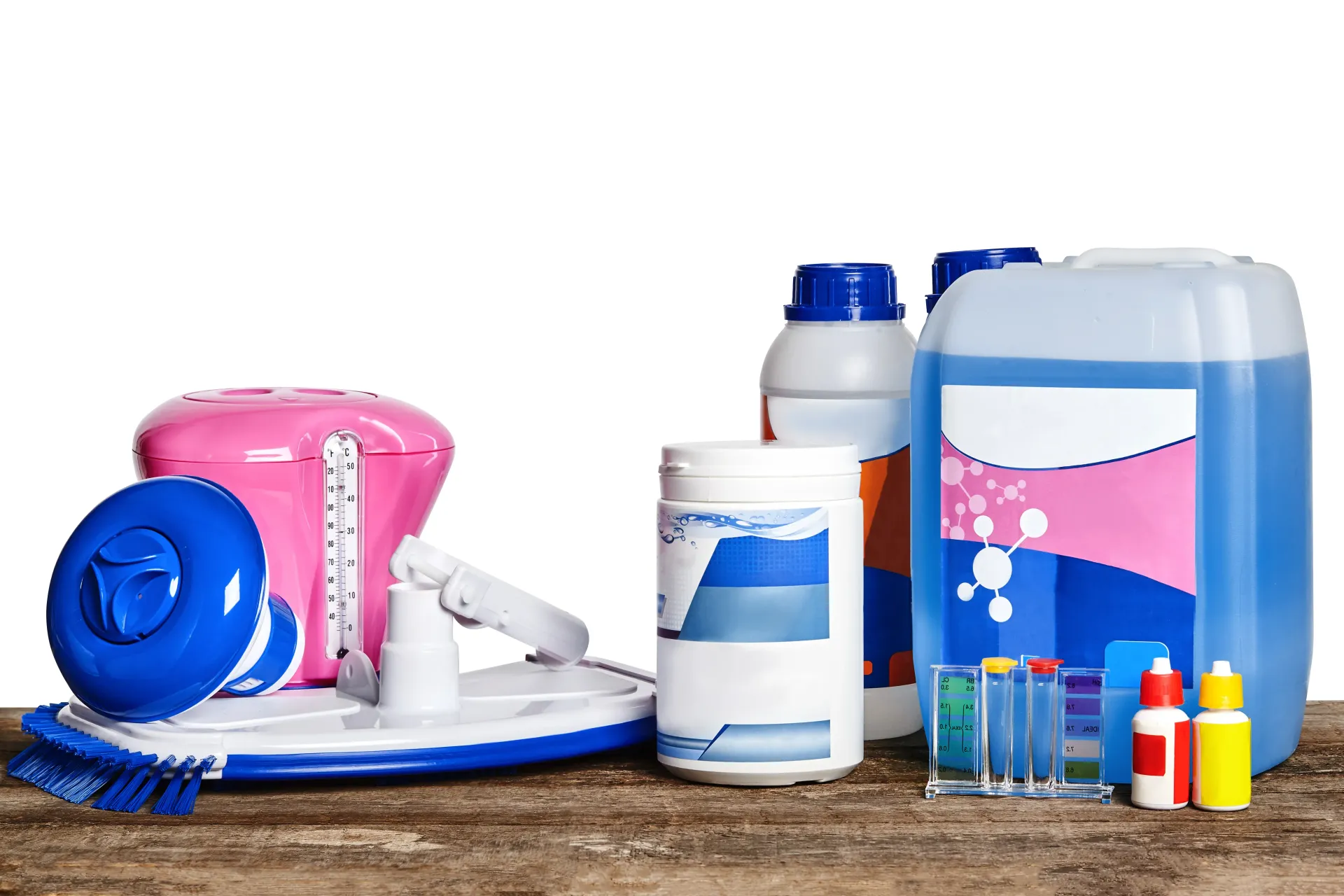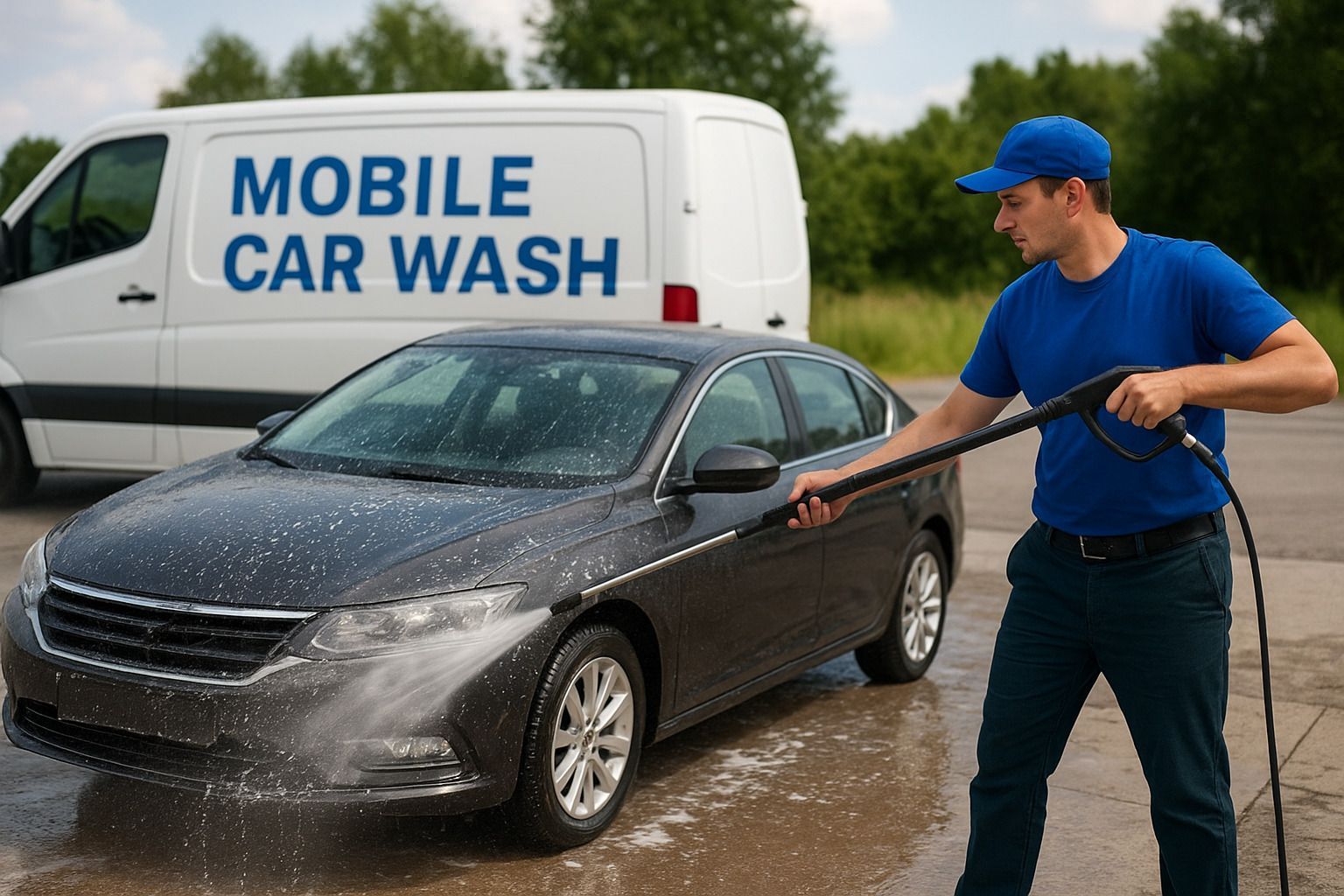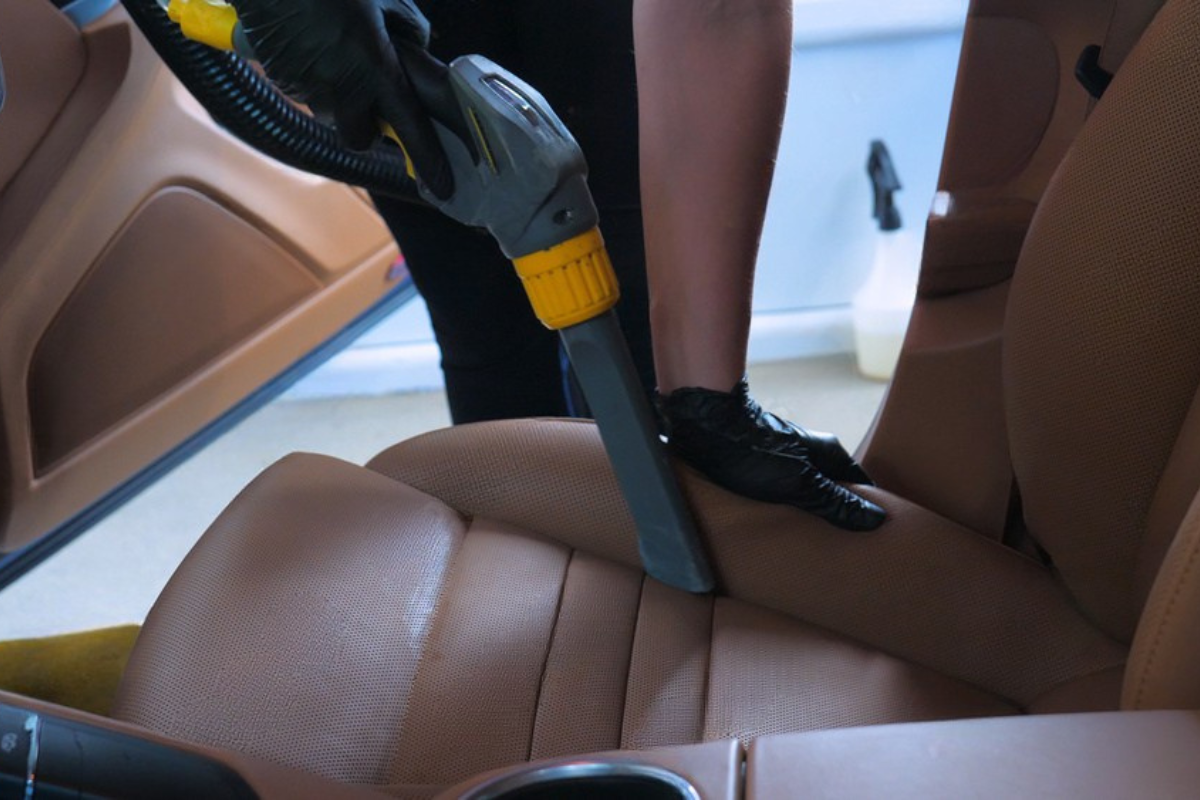How Often Should a Car Be Detailed? Expert Tips & Guidelines
There’s a sweet spot when it comes to car detailing frequency—and it's not just about making your ride look good. Detailing is about preserving value, protecting finishes, and boosting your driving comfort. So, how often should a car be detailed? Experts agree: it depends on usage, environment, and personal preferences. Generally, detailing your car every 4 to 6 months ensures optimal cleanliness and protection. But that’s not a one-size-fits-all answer.
If you live in a dusty or coastal region, for instance, you’ll likely need to increase that frequency. On the other hand, a rarely used vehicle stored in a climate-controlled garage might require only seasonal attention. But let’s break it all down and explore the nitty-gritty details.
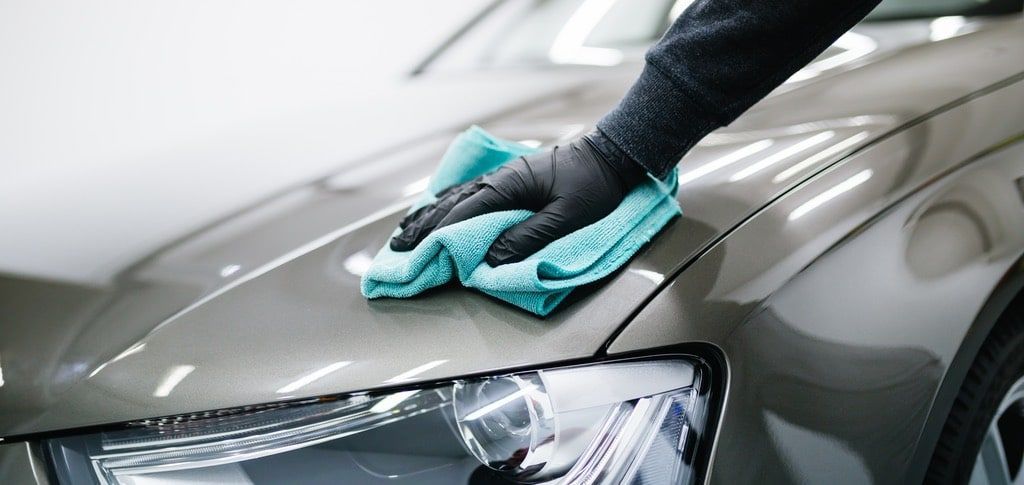
What is Car Detailing Exactly?
Car detailing is a deep-cleaning and restoration process for both the interior and exterior of your vehicle. It goes beyond a standard car wash by focusing on preservation and correction. Services can include:
- Exterior: hand washing, waxing, polishing, paint correction, ceramic coating, headlight restoration.
- Interior: steam cleaning, shampooing carpets, leather conditioning, dashboard polishing, odor removal.
This multi-step procedure ensures your car looks showroom-new while also extending the lifespan of its materials.
Benefits of Regular Car Detailing
Investing in routine detailing does wonders for your vehicle:
- Paint Protection: Waxing and sealants prevent oxidation, sun damage, and rust.
- Resale Value: A clean, well-kept car fetches top dollar.
- Improved Driving Experience: A dust-free dashboard and spotless windows enhance visibility and comfort.
- Healthier Interior Environment: Removing allergens, bacteria, and odors improves air quality inside the cabin.
You don’t just drive a car—you experience it. Make that experience pleasant.
Seasonal Impact on Detailing Frequency
Each season introduces new challenges. In winter, salt and grime can corrode your undercarriage and paint. During summer, UV rays fade paint and dry out interior materials. Spring and fall bring pollen, tree sap, and fluctuating humidity. This makes quarterly detailing a smart seasonal strategy.
How Environment Affects Detailing Needs
Live near the ocean? Expect salty air to accelerate rust. Urban dweller? Airborne pollutants and brake dust cling to your car’s surfaces. Suburban or rural driver? Dust, bugs, and gravel can wreak havoc. Consider detailing every 2–3 months if your car faces daily environmental stress.
Interior Detailing: How Often is Enough?
Experts recommend interior detailing at least twice a year, but more frequent services might be necessary if:
- You transport pets or kids.
- You eat or smoke in the car.
- You suffer from allergies.
A Mobile Auto Detailing Service like Sin City Detailing can help keep your interior pristine without disrupting your day.
Exterior Detailing: Balancing Beauty & Protection
Exterior detailing isn’t just cosmetic. Routine waxing every 3 months and polishing every 6 months prevent fading, scratches, and stains. For long-term solutions, consider ceramic coating, which offers months—even years—of protection.
Daily Drivers vs Garage Queens: Different Needs
If you commute daily, your car is exposed to more grime and UV. Detail more frequently—every 2 to 3 months. Weekend or collector cars? Every 6 to 12 months may suffice, depending on storage and use.
Detailing for Luxury Cars
Luxury vehicles require special attention. High-end finishes, leather, and custom paint jobs benefit from monthly maintenance detailing to preserve their elegance. Plus, the prestige of a luxury car deserves consistent upkeep.
Detailing Frequency for Off-Road Vehicles
Mud-caked 4x4s and ATVs accumulate more grime than standard vehicles. After every off-road trip, a full detailing—including undercarriage—can prevent damage and buildup.
The Role of Driving Habits in Detailing Schedules
Long commutes on busy highways mean more exposure to brake dust and bugs. Short local drives in clean areas? Less frequent detailing is fine. Your habits matter more than your mileage.
Detailing for Lease Returns
Detailing before lease return can save you from stiff penalties. Address scratches, stains, and odors to avoid charges. One or two thorough sessions before return inspection can make a world of difference.
How Weather Determines Detailing Frequency
Stormy weather means more mud, road salt, and grime. Hot weather dries out trims and seats. Rain leaves water spots. Match your detailing frequency to your local forecast.
Car Detailing Myths Debunked
Think weekly waxing is good? Not really—over-waxing can cause buildup. Some believe waterless cleaning is enough—yet it can scratch paint if not done right. Let’s bust the myths and follow expert-backed routines instead.
Signs Your Car Needs Immediate Detailing
- Cloudy or yellow headlights
- Foul odors or stained seats
- Sticky residues on buttons
- Hazy windows
- Loss of paint shine
If you spot these, it’s time to book a session—immediately.
DIY Detailing vs Professional Services
DIY saves money, but professional detailing offers unmatched results. Trained pros use commercial-grade tools and techniques. For convenience, try a Mobile Auto Detailing Service.
Pros of Mobile Auto Detailing
- No waiting at a shop
- You stay productive while your car gets pampered
- Personalized service
- Eco-friendly practices
Check out Sin City Detailing to experience detailing at your doorstep.
Choosing a Reputable Detailer
Look for:
- Verified reviews
- Certifications
- Insurance coverage
- Transparent pricing
- Real before/after photos
Start with a trusted contact.
How Long Does a Detailing Session Last?
A full-service detail takes 2 to 6 hours depending on the car’s size and the package. Basic cleanings are quicker, but comprehensive services (paint correction, steam cleaning, etc.) need more time and precision.
Interior Detailing Breakdown
Expect thorough attention to:
- Carpets and mats (shampooing & steam cleaning)
- Leather seats (conditioning and protection)
- Plastic & vinyl (UV protection)
- Vents (air purification)
This enhances both appearance and hygiene.
Exterior Detailing Breakdown
Typical services include:
- Hand wash and dry
- Clay bar treatment
- Paint correction (scratch removal)
- Waxing or sealing
- Rim and tire detailing
- Headlight restoration
The result? Showroom sparkle.
Recommended Detailing Products
Keep your detailing quality high with:
Product Type Example
Wax/Sealant Carnauba, polymer, ceramic
Interior Cleaner pH-balanced, anti-bacterial
Microfiber Towels Non-abrasive, high GSM
Tire Shine Silicone-based, UV protectant
Glass Cleaner Ammonia-free
Use only quality products to avoid damage.
How to Maintain a Detailed Car Between Sessions
- Use a car duster for daily dust
- Clean spills immediately
- Apply spray wax monthly
- Avoid parking under trees or near sprinklers
- Use sunshades to prevent interior fading
A little upkeep goes a long way.
How to Make Car Detailing Last Longer
- Apply ceramic coating or paint sealant
- Use car covers
- Clean wheels and tires weekly
- Avoid drive-through washes
Protect your investment through smart habits.
Detailing Frequency by Car Type
Car Type Recommended Detailing Frequency
Sedan Every 4–6 months
SUV Every 3–5 months
Truck Every 2–4 months
Luxury Monthly or Bi-Monthly
Off-Road After every trail trip
Adjust based on environment and usage.
The Psychological Benefits of a Clean Car
A clean car lifts your mood. You feel more organized, in control, and confident. Clean surroundings reduce stress—and that includes your car!
Tips from Detailing Experts
- “Always start from the top down.”
- “Use two buckets: one for soap, one for rinse.”
- “Never clean your car in direct sunlight.”
- “Microfiber towels are non-negotiable.”
- “Clay bar once a season for smooth paint.”
These golden rules yield pro-level results.
When Not to Detail a Car
- Immediately after paintwork (wait 30+ days)
- During heavy rain or snow
- Under direct hot sun
- If you're unsure about product compatibility
Timing is everything—rushing it might backfire.
FAQs About Car Detailing Frequency
How often should a car be detailed if it's kept in a garage?
Every 6 to 12 months is usually enough if the car isn’t driven much.
Is it bad to detail your car too often?
Not necessarily. But excessive polishing or waxing can cause buildup or degrade clear coat.
Does regular detailing increase resale value?
Absolutely. A clean, well-maintained vehicle looks newer and more valuable to buyers.
Can I detail my leased vehicle?
Yes—and you should. Detailing before returning a lease can prevent costly wear-and-tear fees.
Should I get a ceramic coating with every detail?
Not always. Ceramic coatings are long-term protectants that last 1–5 years, so reapplying isn't frequent.
What's the best season for detailing?
Spring and fall are ideal. They prepare your car for extreme summer heat or winter salt.
Conclusion: The Ideal Detailing Schedule
So, how often should a car be detailed? The magic number lies between three to four times a year for the average driver. Tailor your schedule based on climate, usage, and vehicle type. A trusted Mobile Auto Detailing Service can make this process effortless.
Ultimately, detailing isn't just about appearances—it's preventive care, smart budgeting, and self-pride rolled into one. Stay consistent, choose quality, and your vehicle will thank you with years of glossy performance.
Links

